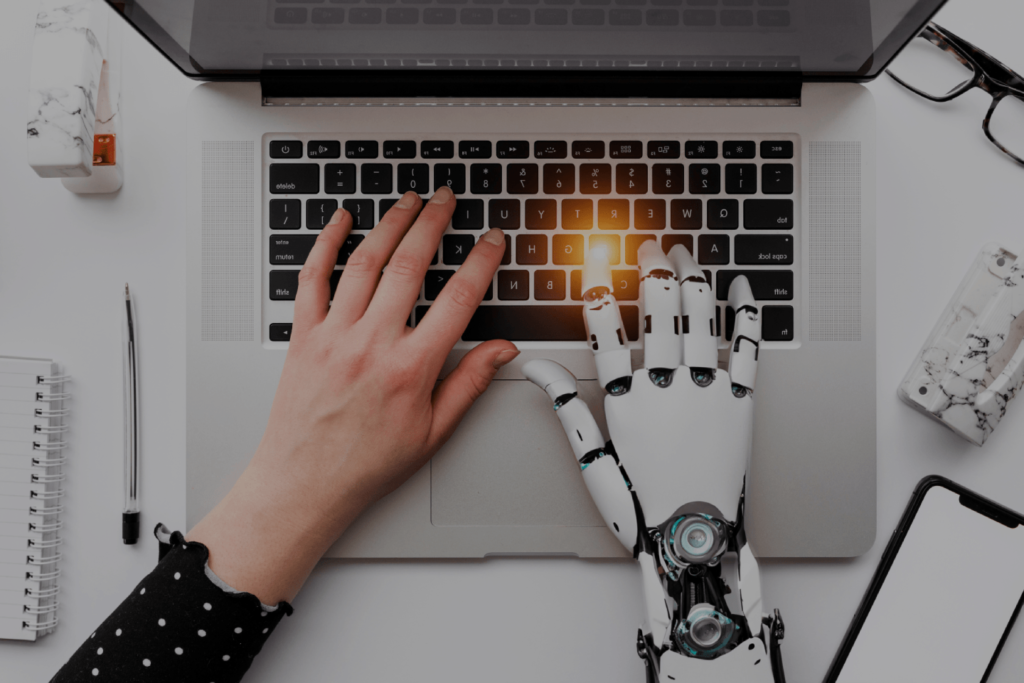
The Evolution of Accounting: AI vs. Manual Methods
In the ever-evolving landscape of finance, the adoption of technology is transforming traditional practices, and accounting is no exception. The rise of Accounting AI (Artificial Intelligence) is reshaping how businesses handle their financial processes compared to the traditional manual accounting methods. Let’s delve into the key differences between the two:
1. Speed and Efficiency:
Manual Accounting:
The manual entry of financial data is a time-consuming process. It involves the meticulous recording of transactions, sorting through paperwork, and manually inputting numbers into ledgers. This method is prone to human error, and the sheer volume of data can slow down the entire process.
Accounting AI:
AI, on the other hand, operates at lightning speed. With OCR (Optical Character Recognition) technology and RPA (Robotic Process Automation), Accounting AI automates data entry, extraction, and processing. This not only accelerates the accounting cycle but also significantly reduces the likelihood of errors, allowing for more reliable financial records.
2. Accuracy and Precision:
Manual Accounting:
Human error is an inherent risk in manual accounting. Misplaced digits, incorrect entries, and transposition errors can lead to discrepancies in financial statements. The accuracy of manual accounting heavily depends on the diligence and attention to detail of the person responsible for data entry.
Accounting AI:
AI, with its advanced algorithms, ensures a high level of accuracy. It can identify patterns, reconcile accounts, and cross-verify data with minimal to no errors. The precision offered by AI contributes to more reliable financial reporting and compliance.
3. Data Analysis and Reporting:
Manual Accounting:
Generating reports and conducting in-depth financial analysis manually is a time-consuming process. It often involves sifting through numerous spreadsheets and ledgers to compile relevant information. This can delay decision-making and hinder a company’s ability to respond swiftly to market changes.
Accounting AI:
AI automates the data analysis process, providing real-time insights into financial performance. Dynamic reporting and analytics enable businesses to make informed decisions promptly. Accounting AI’s ability to adapt to changing data patterns allows for more agile financial management.
4. Cost Efficiency:
Manual Accounting:
The labor-intensive nature of manual accounting can lead to higher labor costs. It requires skilled personnel to handle the intricacies of financial record-keeping, and the time spent on routine tasks could be utilized more efficiently.
Accounting AI:
While the initial investment in AI technology may seem significant, the long-term cost savings are substantial. AI streamlines processes, reduces the need for extensive manual labor, and minimizes the risk of costly errors.
Conclusion:
In the tug-of-war between Accounting AI and manual accounting, the former emerges as the clear winner in terms of speed, accuracy, data analysis, and cost efficiency. As businesses strive for greater efficiency and accuracy in their financial processes, the adoption of AI technology becomes not just a choice but a strategic imperative for staying competitive in the modern business landscape. The future of accounting is here, and it’s driven by the power of Artificial Intelligence.